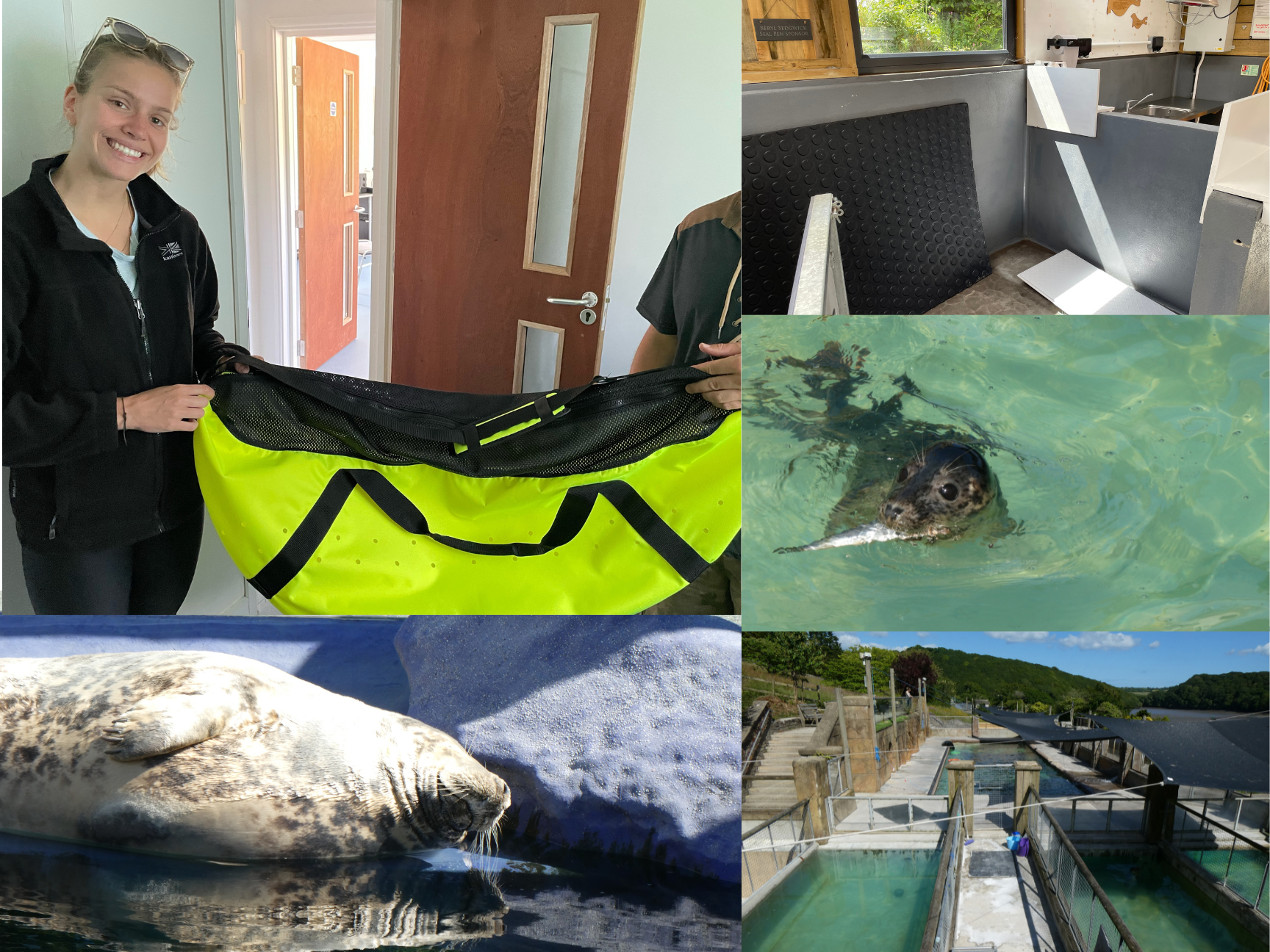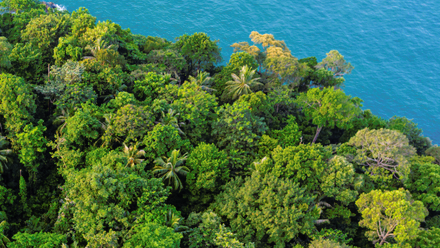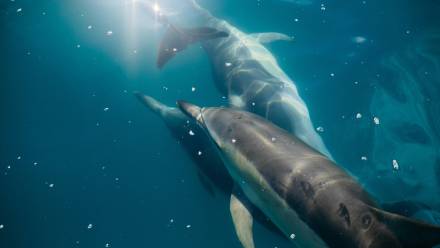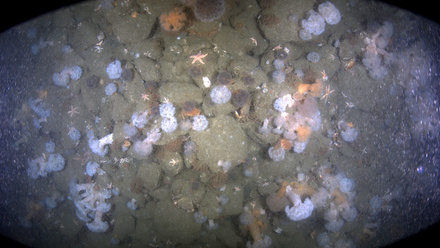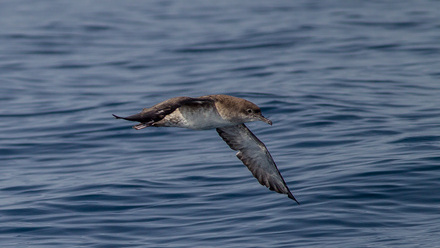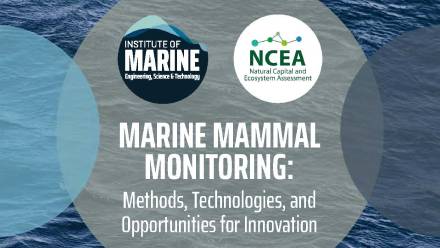Exploring the impact of storms on British Isles seal populations: A Master’s research dissertation journey
Keely Saville is pursuing a MSc in Global Wildlife Health and Conservation Graduate at the University of Bristol and is a member of our Marine Mammals SIG. Here she elucidates her fascinating master’s thesis, which explores the impact of storms on seals. Keely was awarded funding from the IMarEST Student Bursary for this project.
Imagine a fierce storm raging across the North Sea with strong winds driving waves to crash against the shore. Have you ever wondered how these relentless forces of nature impact the lives of our marine mammals?
Climate change is exacerbating the frequency and intensity of storms, posing an increasing threat to pinniped (seals, sea lions and walruses) populations globally. As sea levels rise and ocean temperatures warm, larger magnitude storm events are anticipated in the coming decades. As seals utilise coastlines for resting and breeding, this will likely present new challenges for these animals.
Grey (Halichoerus grypus) and harbour (Phoca vitulina) seals are common residents across the UK's coastlines. These pinnipeds predominantly utilise beaches and rocky inlets as haul-out sites, which often face directly into the prevailing wind direction and are susceptible to flooding. Their critical use of coastal sites poses a problem during stormy weather when these sites become inundated with strong storm swells, as their strong site fidelity means they have limited flexibility to relocate to alternative areas.
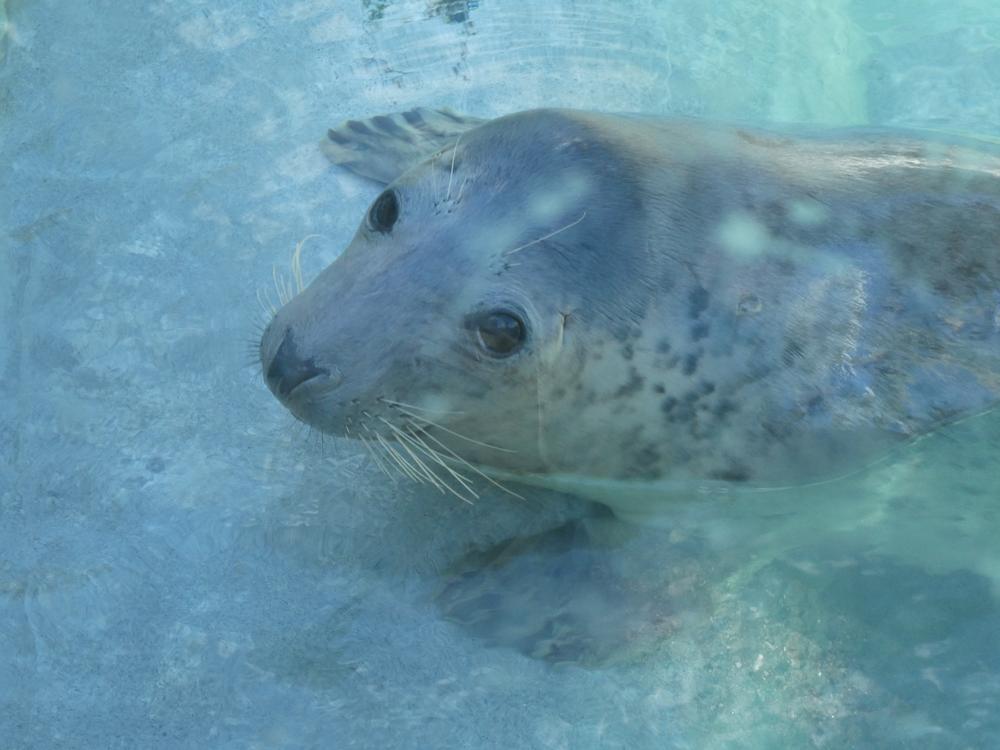
Impacts of increased storms on seal populations around the British Isles are becoming increasingly evident, although direct evidence remains limited and often anecdotal. My research project explored the relationship between storms and seal pups, considering the implications for both their welfare and conservation. This was a part of my master’s course in Wildlife Health and Conservation at the University of Bristol under the supervision of Mark Simmonds OBE and was generously funded by the IMarEST student bursary.
Grey and harbour seals typically begin pupping at six years old and continue to reproduce annually for several decades. Following birth, mothers nurse their pups constantly for the first three weeks. During this time, especially unweaned grey pups, are weak swimmers and their lanugo coat is not waterproof, leaving them landlocked on shore and maternally-dependent. Nevertheless, storms can have a devastating impact on both seal pup species in several ways:
- Pups can be killed or injured by the force of waves during storms. Several reports1 have suggested that storms, particularly Brian and Ophelia in 2017, coincided with reported mass losses of pups. Numerous dead pups were found with injuries such as broken bones, blunt force head trauma, and lacerations, presumably from the pups being dashed against the rocks during the stormy weather.
-
Considering the weak swimming abilities of pups, storms can lead to the separation of mothers and pups when mothers depart sites during inclement weather, often resulting in malnutrition and/or starvation of pups.
- Storms can erode shorelines and destroy critical seal habitats. The recent rise in sea level over the past several decades exacerbates this problem, causing more frequent flooding of pupping sites which can lead to increased stranding rates.
To address this, my project focused on exploring how these powerful natural events can significantly impact the timing of pupping, the types of conditions presented at rescue centres, and stranding frequency.
To guide my research and identify relevant datasets for this investigation, informal interviews were initially conducted with a number of relevant experts in seal rescue and rehabilitation, and pathology, including representatives from Seal Research Trust, Cornish Seal Sanctuary, British Diver’s Marine Life Rescue, RSPCA East Winch and Cornwall Marine Pathology Team.
The insights from these experts revealed a widespread lack of appreciation for seal rehabilitation centres across the British Isles, leading to the existing facilities being overwhelmed and strained by the large numbers of pups brought in, likely due in part to storminess.
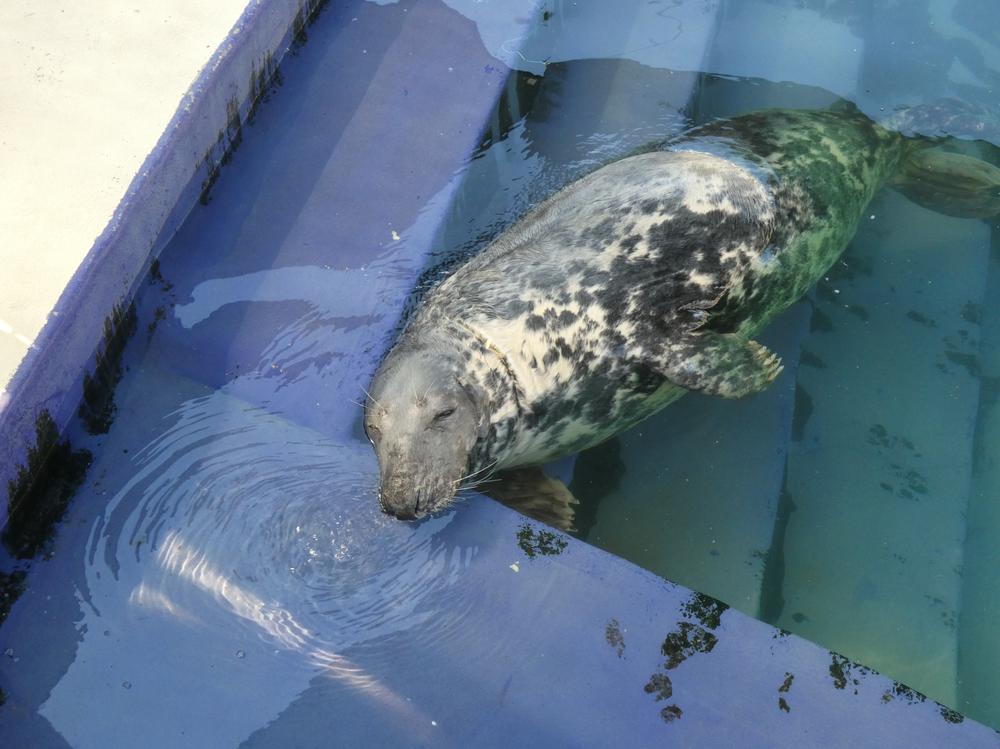
This study provided the first statistically supported evidence of storms impacting seals, highlighting the urgent need for expanded seal rehabilitation facilities in strategic locations to complement the existing rescue network and alleviate the inevitable strain on current facilities.
I hope this research will serve as a catalyst for further investigation using a wider range of climatic variables such as atmospheric pressure and sea surface temperature, to define storminess and encourage ongoing reporting efforts by rescue facilities.
As my master’s draws to a close, I look forward to the prospect of investigating the impacts of climate change on marine mammal populations in further detail, with the goal of protecting our oceans in the future from both climate change and human disturbances.
For those interested in marine mammals, climate science, or conservation, I encourage you to learn more. Read published literature, attend forums and conferences, and follow relevant blogs like this one. Together, we can work towards a future where both marine mammals and humans thrive amidst the challenges of a changing climate.
